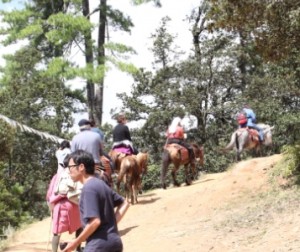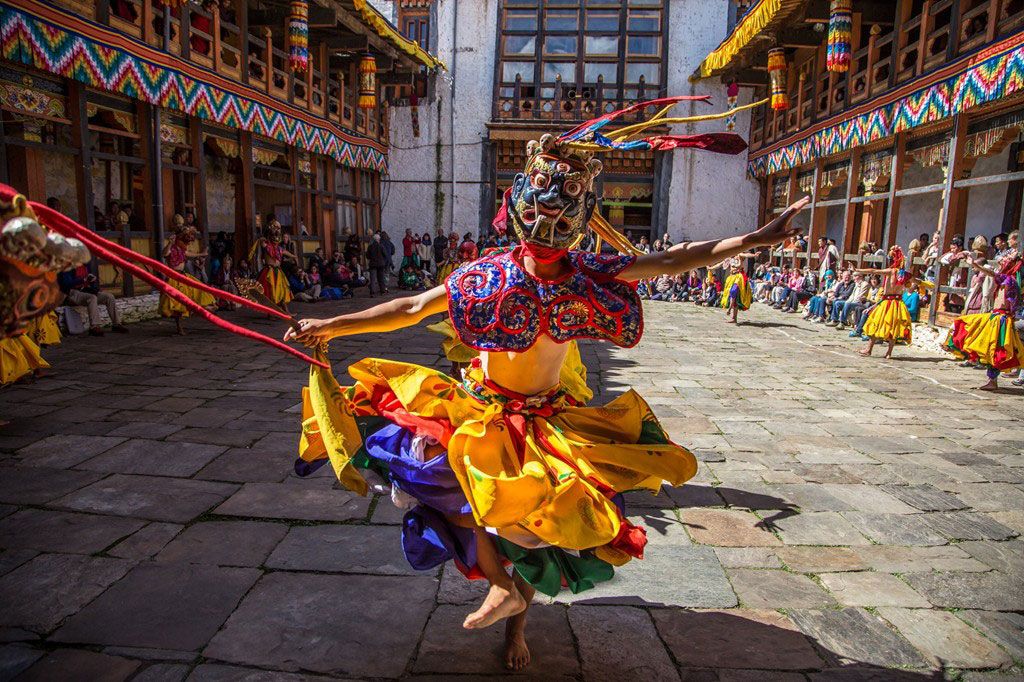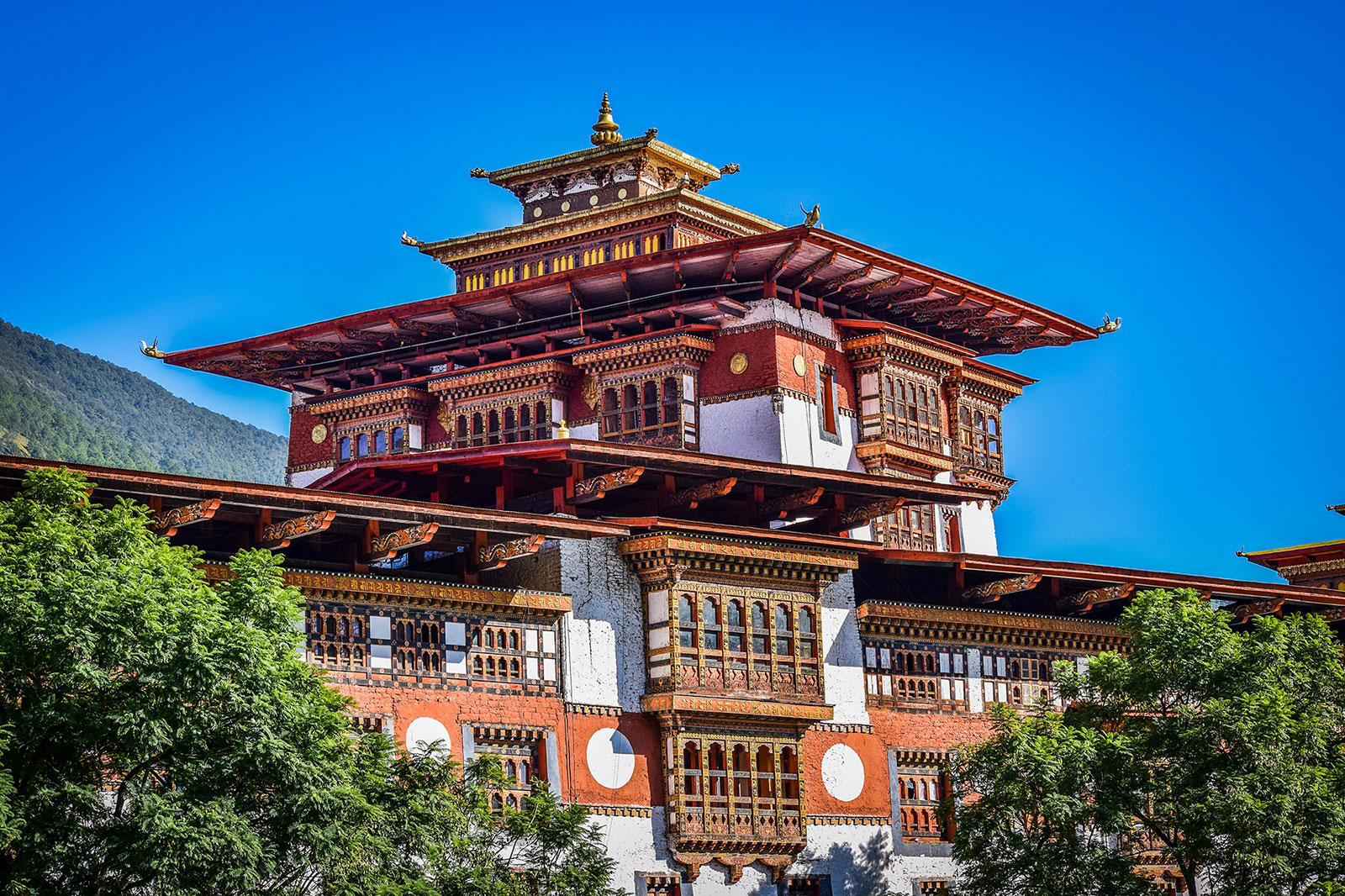 Bhutan being a land lock country in Himalayas with two big country china in the north and India in the south was little known to the world. Tourism is one of the main pillar contributing to the country’s economy. Bhutan Travel history has really increased in last 4 decades.
Bhutan being a land lock country in Himalayas with two big country china in the north and India in the south was little known to the world. Tourism is one of the main pillar contributing to the country’s economy. Bhutan Travel history has really increased in last 4 decades.
The tourism sector has come a long way since Bhutan opened to tourism in 1974, with 287 visiting the country during the Coronation of the Fourth Druk Gyalpo. Arrivals had been on the increase ever since, with new records set almost every year.
Last year, 116,209 tourists visited the country, generating a whopping USD 63.49 million in gross earnings. The number is expected to increase this year with a special package for Thai tourists. The three-day Thimphu tshechu alone received more than an estimated 5,000 tourists and the fall peak season has only begun.
From now until late November, we will rub shoulders with tourists, both regional and international, at local festivals and other places. It is an important time for those in the tourism sector, and those relying on the sector for a fruitful autumn.
The industry is thriving, even avoiding pitfalls of the recent economic woes the country experienced. Several sectors are enjoying the ripple effect of the success the industry is enjoying. Handicraft, hotel, vehicle hiring, to name a few, are flourishing because of the industry.
But as we see an increasing number of tour operators and hotels mushrooming, there is one section of the population that we could have overlooked, even as we reap the benefits of the fast growing industry.
To wit, is the benefit of the industry really trickling down to the grassroots? Is tourism benefitting the people, who preserve our unique culture? To the valleys that represent the culture, which actually attracts the tourists? Besides the employment it generated in at least two areas, hotels and handicraft, are the benefits really trickling down the community that offer so much to tourism.
Because tourists come in packaged programmes with almost identical itineraries, they are driven through the valleys, stops and trek at identified places. The operators may be earning their fees; the government its commission; some entrepreneurs sell their handicrafts. What about the average farmer or the yak herder living in the countryside? Some of our rural communities, like Laya, Merak and Sakteng, provide good subject for the tourist camera, and the tradition and culture they preserved a different experience. But that is it. They do not benefit anything, except for a handful that provide porter and pony.
We have heard of initiatives, like community-based tourism, to give tourists a different experience and benefit the local community, but it is yet to pick up. Some of the campsites meant for attracting tourists in Merak-Sakteng are overgrown with thickets.
However, it is not that operators want to keep all the money for themselves. They would be happy if rural communities could actually share the burden of providing services like fresh food supplies, local transport, or standard guesthouses. The problem, it seems, is good coordination and guidance from policy makers. Laya is the most visited place, but even today there is not even a standard guesthouse. Everybody says Layaps are rich, why are they not building one?
The true success of the industry would be when revenue starts flowing to local communities. As we gear for another busy season, it is time to reflect how best this can be achieved.









